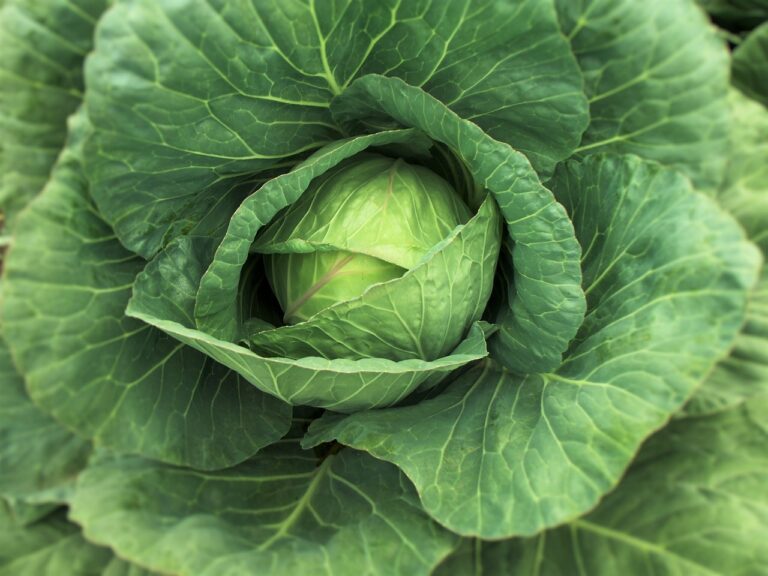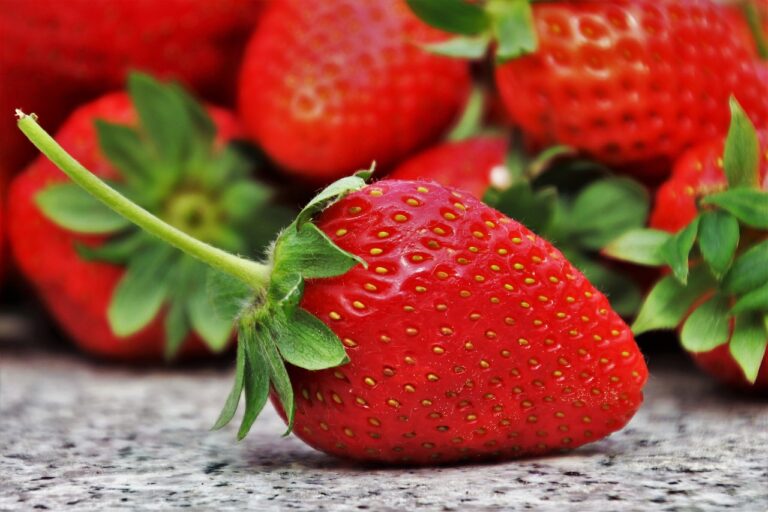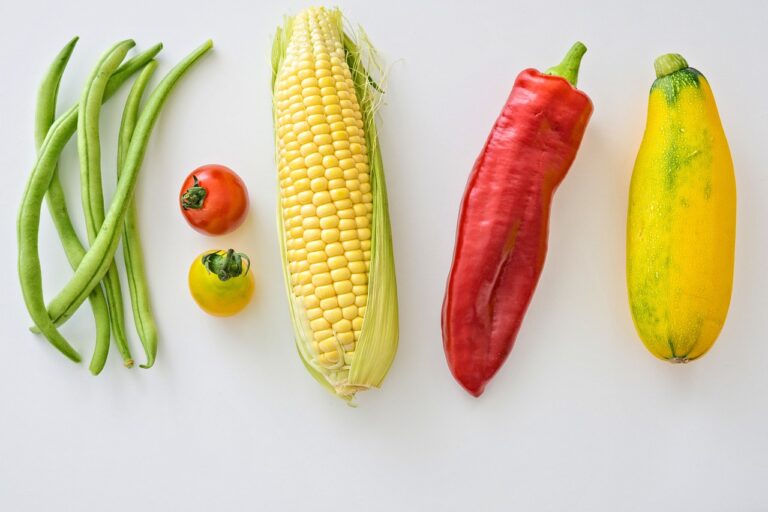The Intersection of Food and Technology: Robotics Applications in Agriculture
Traditional agriculture methods face numerous challenges in today’s ever-evolving world. One of the primary issues is the heavy reliance on manual labor, which can be time-consuming, labor-intensive, and often result in inconsistent outcomes. Additionally, these methods are heavily dependent on favorable weather conditions, leaving farmers vulnerable to the impact of climate change and natural disasters.
Moreover, traditional agriculture practices often lack efficiency and precision in resource management. The indiscriminate use of fertilizers and pesticides not only harms the environment but also leads to soil degradation and water pollution. Farmers may struggle to optimize their crop yields while maintaining sustainable practices, highlighting the need for innovation and modernization in the agricultural sector.
Benefits of Implementing Robotics in Agriculture
Implementing robotics in agriculture brings a multitude of benefits to farmers and the industry as a whole. Efficiency and precision are significantly enhanced through the use of robotics, leading to increased productivity and reduced operational costs. With the ability to perform tasks such as planting, harvesting, and weeding with precision and consistency, robots help farmers streamline their processes and optimize resource utilization.
Moreover, the integration of robotics in agriculture promotes sustainability by minimizing the reliance on chemical inputs and reducing environmental impact. By employing robots for tasks that would typically require manual labor or machinery, farmers can decrease the use of pesticides and fertilizers, leading to healthier ecosystems and produce. Additionally, the data collected by robotics systems can provide valuable insights for decision-making, allowing farmers to make informed choices that improve crop yield and overall agricultural practices.
Types of Robotics Used in Agriculture
Various types of robotics have been increasingly utilized in the agricultural sector to enhance efficiency and productivity. Autonomous drones are one such technology that is commonly employed for tasks like crop monitoring, spraying fertilizers, and collecting data. These drones are equipped with sensors and cameras that provide real-time information to farmers, enabling them to make informed decisions regarding crop management.
Another type of robotic technology commonly seen in agriculture is the robotic milking system, which automates the milking process for dairy farms. These robots are designed to move freely around the barn, identifying and milking cows as needed. This not only reduces the manual labor required for milking but also ensures the cows are milked consistently and comfortably, leading to improved milk production and overall animal welfare.
What are some challenges in traditional agriculture methods?
Some challenges in traditional agriculture methods include labor shortages, unpredictable weather conditions, and inefficient use of resources.
What are some benefits of implementing robotics in agriculture?
Implementing robotics in agriculture can lead to increased efficiency, reduced labor costs, improved crop quality, and more sustainable farming practices.
What are some types of robotics used in agriculture?
Some types of robotics used in agriculture include autonomous tractors, drones for crop spraying and monitoring, robotic harvesters, and robotic weed control systems.







